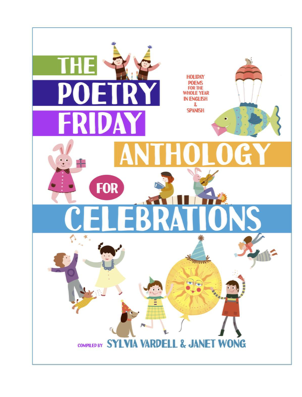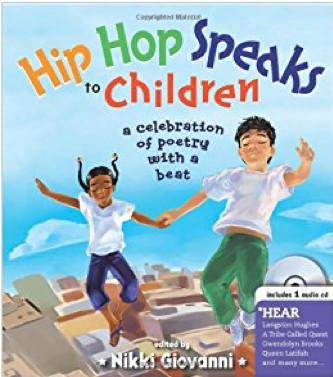“Ms. España can I share my poem?” asked Aileen, really throwing me off my game as we were wrapping up our guest visit. In typical teacher mode, I was already thinking of next period, my next lesson, the time I wanted to have for students to reflect on the Silk Road Ensemble guest teaching artist, and all of the other things on my to-do list. I looked around and took in the energy of the room. It was obvious that we were all excited and inspired from the music and the stories shared. “Of course, go ahead,” I motioned to Aileen for her to go in front of the class. Aileen read her “Bilingual Matters” poem that so beautifully weaved translanguaging, humor, cultural practices, and that middle school voice. The class erupted in applause.
This #NationalPoetryMonth and really every time I am challenged with those teachable moments, I think about Aileen and how transformative that experience was for all of us. Months later, this poem was performed by students in a school located in another state when Yo-Yo Ma and Damian Woetzel from the Aspen Institute, shared the poem (with Aileen’s permission)! I was a proud teacher and even more so recently when I received a facebook message from Aileen as she started her first semester of college and remembers our reading and writing moments.
I encourage teachers on my school visits to make spaces for poetry and student expression as they read, perform, and process poems across the school year. Here are some of my favorites and ways you can integrate poetry across the school year.

 A second year, second grade teacher in Harlem, Amía Soto-Carrión, introduced me to this text by National Young People’s Poet Laureate, Margarita Engle, illustrated by Rafael López. You can get the book in Spanish or in English. Students can learn about historical figures who continue to have an impact on our lives.
A second year, second grade teacher in Harlem, Amía Soto-Carrión, introduced me to this text by National Young People’s Poet Laureate, Margarita Engle, illustrated by Rafael López. You can get the book in Spanish or in English. Students can learn about historical figures who continue to have an impact on our lives.
This poetry anthology, gifted to me by Janet Wong, is a bilingual Spanish/English compilation of poems that come with a teacher guide! Great for your K-2 classroom shared reading experiences across the week, around holidays, and/or for morning meetings. You can also play the audio (see sampler of 35 poems here) of poems as students listen and read along.
 Emma Otheguy’s debut picture book, Marti’s Song for Freedom/Martí y sus versos por la libertad, illustrated by Beatriz Vidal, has been a favorite read across my courses with teachers at Hunter College and in K-8 classrooms! Also, the Lee and Low teacher’s guide has been super helpful in planning lessons and discussions.
Emma Otheguy’s debut picture book, Marti’s Song for Freedom/Martí y sus versos por la libertad, illustrated by Beatriz Vidal, has been a favorite read across my courses with teachers at Hunter College and in K-8 classrooms! Also, the Lee and Low teacher’s guide has been super helpful in planning lessons and discussions.
This is the book that I have never been able to keep a copy of in my classroom library, office library, or home library! It is a favorite with children and teachers so I’m happy to say my multiple copies live somewhere out there in schools. Children love listening to the poems, performing them, and using them as inspiration for their own.
 I hope this National Poetry Month continues to inspire you as it continues to inspire me, to read more poetry with children and create those spaces for their voices to be amplified when they share their readings, performances, and their own poetry!
I hope this National Poetry Month continues to inspire you as it continues to inspire me, to read more poetry with children and create those spaces for their voices to be amplified when they share their readings, performances, and their own poetry!
What are your favorite poetry texts to share with your K-2 classrooms?
